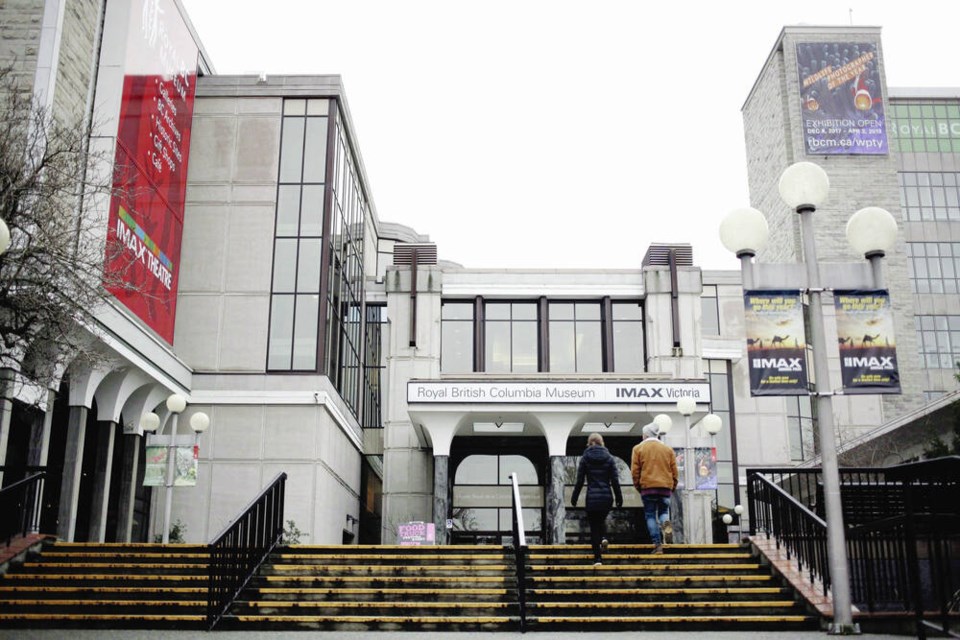Asbestos is a danger to us all; physical structures full of it should be dismantled. Seismic upgrades are always needed, as is added accessibility for the disabled.
These are the newly revealed actual reasons why the Royal sa国际传媒 Museum decided to revamp the third floor, according to Melanie Mark, the Minister of Tourism and public face of the third floor’s changes.
That’s perfectly sound reasoning, so why didn’t they lead with that?
The whole process of “decolonizing” the third floor has been a divisive affair that made few people happy, and a whole lot more very unhappy. Standard safety upgrades absolutely do not need to have a political spin put on them.
Who were the people Mark and the sa国际传媒 government trying to impress with their grand announcement about all the decolonization and equity that would spring up once Becoming sa国际传媒 was knocked down?
Perhaps it was the museum’s current and former staff, whose exposure to asbestos could be grounds for a class-action lawsuit.
Local newspapers in Victoria began publishing pieces decrying the gutting of the third floor, then suddenly The Globe and Mail and the National Post were doing the same. Victoria and the museum were saddled with a cascade of embarrassment and bad press.
All of it could have been avoided if Mark and Daniel Muzyka, the museum’s acting CEO, had been fully honest when they first announced their plans for the museum.
Nowhere was asbestos, or earthquake safety concerns, mentioned in the first statements to the press about the changes. It was all a political circus intended to suck whatever clout they still could from the summer of “reckoning.”
At the end of the day, it was some fancy dressing for a mundane technical upgrade.
Even after the public row following the first press releases, those in charge of the museum’s changes doubled down on the politics of division.
Mark labeled everyone who opposed the move as crudely wanting to keep the “status quo.” Few people thought the museum didn’t need changes, they just disagreed with ripping the whole floor down.
Muzyka talked a big game about a “new narrative,” and fair enough, but why conceal the need for seismic upgrades?
People would understand the need for the third floor gutting if the need for safety upgrades were announced at the outset.
British Columbians would still certainly have been sad to see Old Town go; Mark revealed her own children loved the exhibit, but safety is paramount.
By sheepishly waiting to tell the public the true reason for the changes, the museum and the provincial government made a wholly unnecessary and divisive mess of public relations.
Indigenous reconciliation is being used far too much to cover ulterior motives at the expense of its credibility as a legitimate goal.
Whether costuming up asbestos removal, or selling textbooks that may or may not cost $238, reconciliation has been turned into a clumsily wielded political tool.
Regardless of one’s background, everyone in sa国际传媒 should expect transparency from the provincial government. There was no reason to conceal the safety upgrades as the reason why the third floor is being emptied and shut down till 2025.
The lesson for the government here is this: be honest, as hard as they may think it is sometimes. It isn’t like the Royal sa国际传媒 Museum is a CSIS regional headquarters that must be protected by a cloak of secrecy.
Then again, who knows if asbestos is actually the true reason behind the changes. It could very well just be damage control.
It isn’t as if the people in charge have given the public reason to trust them at this point.
- - -
To comment on this article, write a letter to the editor: [email protected]



